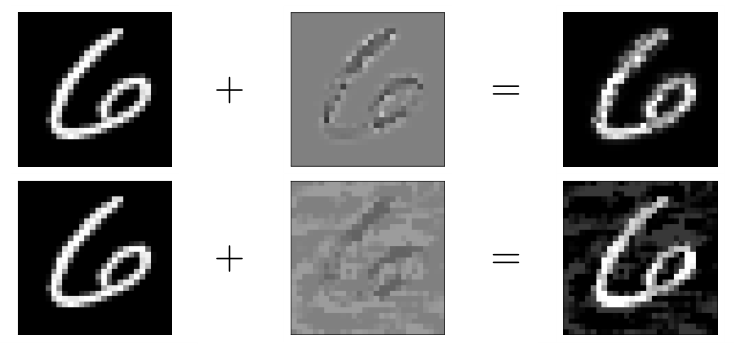Wasserstein Adversarial Examples via Projected Sinkhorn Iterations
A rapidly growing area of work has studied the existence of adversarial examples, datapoints which have been perturbed to fool a classifier, but the vast majority of these works have focused primarily on threat models defined by $\ell_p$ norm-bounded perturbations. In this paper, we propose a new threat model for adversarial attacks based on the Wasserstein distance. In the image classification setting, such distances measure the cost of moving pixel mass, which naturally cover "standard" image manipulations such as scaling, rotation, translation, and distortion (and can potentially be applied to other settings as well). To generate Wasserstein adversarial examples, we develop a procedure for projecting onto the Wasserstein ball, based upon a modified version of the Sinkhorn iteration. The resulting algorithm can successfully attack image classification models, bringing traditional CIFAR10 models down to 3% accuracy within a Wasserstein ball with radius 0.1 (i.e., moving 10% of the image mass 1 pixel), and we demonstrate that PGD-based adversarial training can improve this adversarial accuracy to 76%. In total, this work opens up a new direction of study in adversarial robustness, more formally considering convex metrics that accurately capture the invariances that we typically believe should exist in classifiers. Code for all experiments in the paper is available at https://github.com/locuslab/projected_sinkhorn.
PDF Abstract



